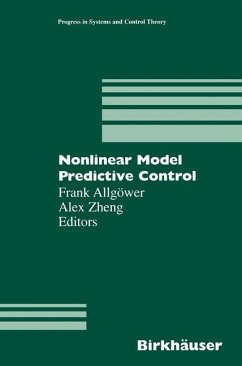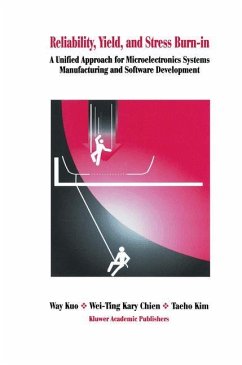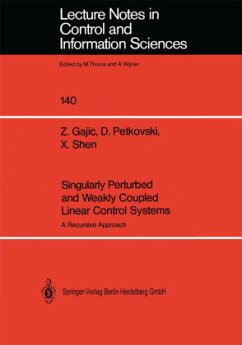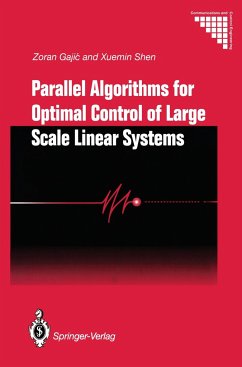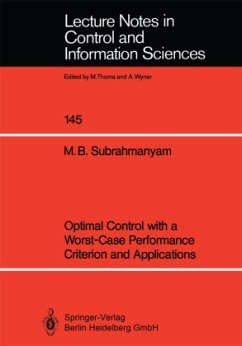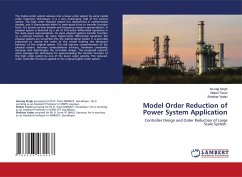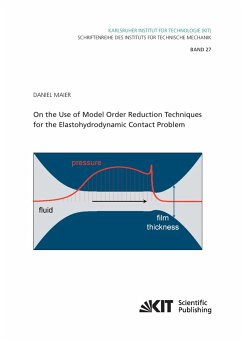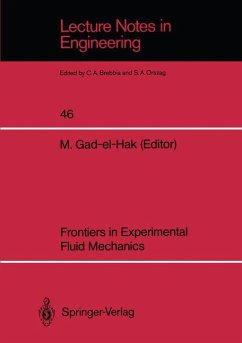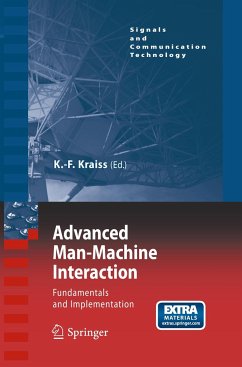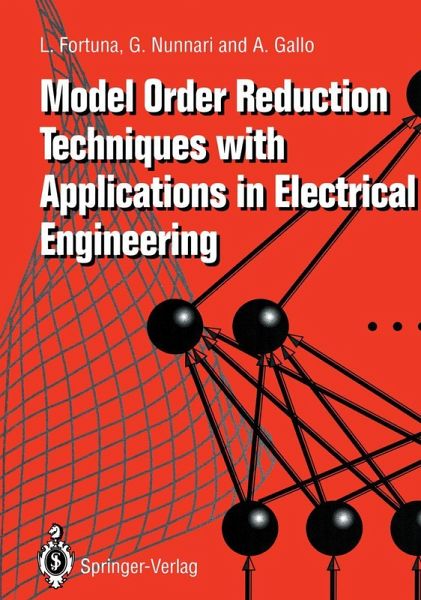
Model Order Reduction Techniques with Applications in Electrical Engineering

PAYBACK Punkte
42 °P sammeln!
Model Order Reduction Techniqes focuses on model reduction problems with particular applications in electrical engineering. Starting with a clear outline of the technique and their wide methodological background, central topics are introduced including mathematical tools, physical processes, numerical computing experience, software developments and knowledge of system theory. Several model reduction algorithms are then discussed. The aim of this work is to give the reader an overview of reduced-order model design and an operative guide. Particular attention is given to providing basic concepts...
Model Order Reduction Techniqes focuses on model reduction problems with particular applications in electrical engineering. Starting with a clear outline of the technique and their wide methodological background, central topics are introduced including mathematical tools, physical processes, numerical computing experience, software developments and knowledge of system theory. Several model reduction algorithms are then discussed. The aim of this work is to give the reader an overview of reduced-order model design and an operative guide. Particular attention is given to providing basic concepts for building expert systems for model reducution.





